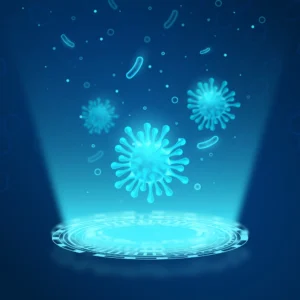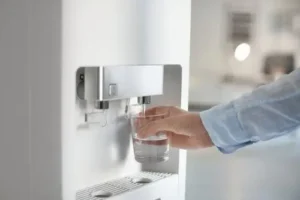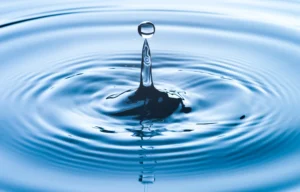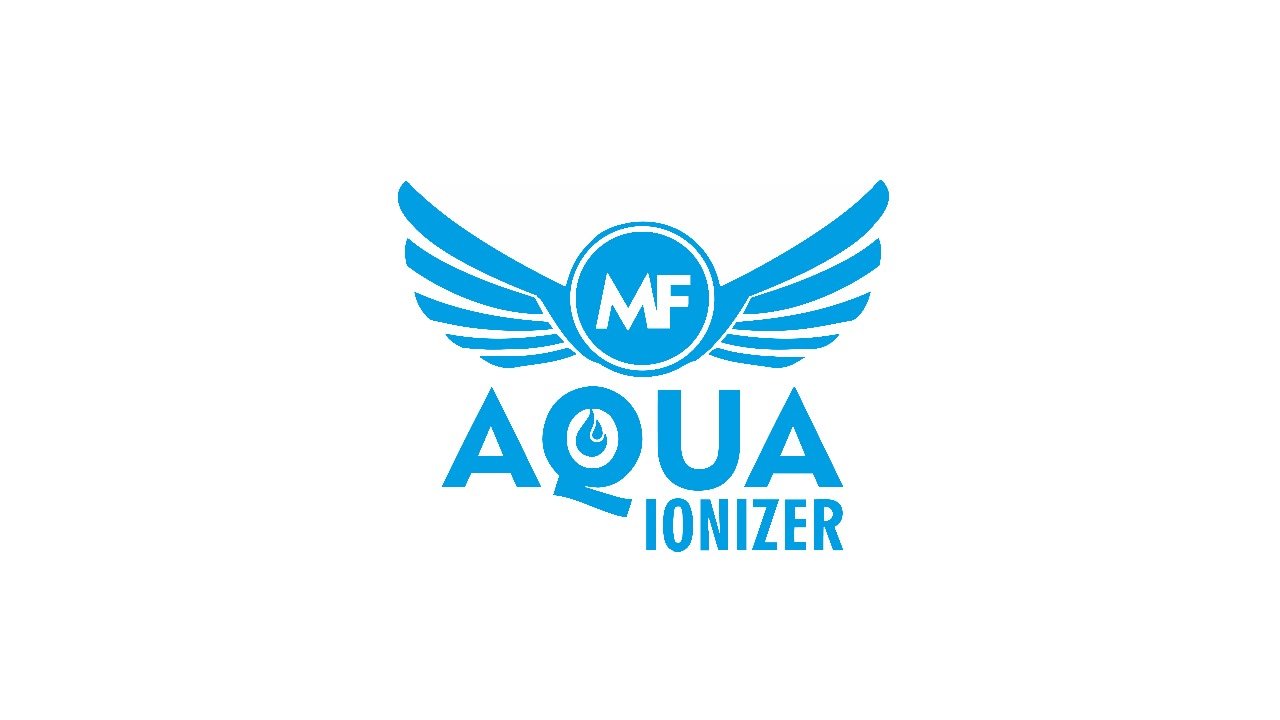Understanding the Risks of Bacteria in Tap Water

Highly Effective Ways to Remove Bacteria from Tap water is a vital resource for daily life, but it is not always free of contaminants. One significant concern is the presence of harmful bacteria, which can pose health risks if consumed or used for cooking and hygiene.
Bacteria in tap water can originate from various sources, such as contamination during treatment, breaches in the water distribution system, or natural occurrences in untreated water. Common harmful bacteria include Escherichia coli (E. coli), Legionella, and Salmonella. These pathogens can cause illnesses ranging from mild gastrointestinal discomfort to severe infections like typhoid fever or Legionnaires’ disease.
Aging infrastructure and inadequate water treatment processes can exacerbate the problem. Leaks or cracks in pipelines can provide pathways for contaminants to enter the water supply. Similarly, insufficient chlorination or filtration during treatment might fail to eliminate all bacteria. Seasonal factors, like heavy rains, can also increase the risk of contamination by overwhelming water treatment facilities with runoff. To address these issues, it’s important to implement effective ways to remove bacteria from water sources.
Without proper maintenance and improvements, even the best water treatment systems may struggle, making it essential to explore additional effective ways to remove bacteria from tap water. Home filtration systems that incorporate effective ways to remove bacteria, such as UV light or reverse osmosis, can provide an added layer of protection. As we continue to face challenges in water safety, using effective ways to remove bacteria ensures access to clean and safe drinking water.
The health risks depend on the type and concentration of the bacteria present. Vulnerable populations, such as infants, the elderly, and individuals with weakened immune systems, are at greater risk of severe health complications. Symptoms of bacterial contamination may include diarrhea, nausea, fever, and abdominal pain.
To mitigate these risks, it is crucial to ensure regular water testing, maintenance of water infrastructure, and effective treatment practices. Homeowners can also consider additional safety measures, such as using water filters or boiling water before consumption. Public awareness campaigns can educate communities about potential dangers and preventive steps.
Ensuring safe tap water is a collective responsibility involving water providers, regulators, and consumers. By understanding the risks and taking appropriate precautions, we can safeguard public health and maintain trust in this essential resource.
Boiling Water: A Traditional Yet Reliable Solution

When water is brought to a rolling boil for at least one minute, it reaches temperatures that can kill most harmful microorganisms. This process is particularly effective against waterborne diseases caused by bacteria such as E. coli and Salmonella, along with viruses such as hepatitis A and norovirus. Boiling also neutralizes common parasites like Giardia and Cryptosporidium, which can cause severe gastrointestinal illnesses.
As one of the effective ways to remove bacteria, boiling provides an accessible and reliable method for purifying water. It’s especially useful in areas where other filtration methods may not be available, making it one of the most effective ways to remove bacteria from tap water. For those in need of a quick solution, boiling water is one of the effective ways to remove bacteria without the need for special equipment. Overall, it remains one of the most effective ways to remove bacteria, ensuring that your water is safe for consumption.
The simplicity and affordability of boiling water make it an attractive option for households in areas with unreliable water systems or in emergency situations. In fact, during natural disasters or water contamination events, boiling water is often recommended by health authorities to prevent the spread of waterborne diseases.
Although boiling water does not remove chemical contaminants or heavy metals, it remains an essential tool in reducing biological risks. For those living in regions where the quality of tap water is questionable, using a kettle or stove to boil water before consumption is an effective way to ensure safety.
While other methods like filtration and chlorination can be used alongside boiling to address different types of contaminants, this traditional method is a reliable first line of defense against microbial threats. In times of uncertainty or emergency, boiling water provides peace of mind, knowing that the risk of harmful pathogens is significantly reduced.
The Role of Water Filtration Systems

Water filtration systems play a crucial role in ensuring the safety and quality of drinking water. These systems are designed to remove contaminants, including bacteria, viruses, chemicals, heavy metals, and other impurities, providing cleaner, safer water for households and businesses. As tap water sources become increasingly vulnerable to pollution and natural contaminants, filtration systems offer a practical solution to improve water quality.
Filtration systems come in various types, each targeting specific contaminants. Activated carbon filters, for instance, are highly effective in removing chlorine, pesticides, and volatile organic compounds (VOCs), enhancing the taste and odor of water. Reverse osmosis systems go a step further, removing a broader range of contaminants, such as dissolved salts, heavy metals, and bacteria, by passing water through a semi-permeable membrane. Other specialized filters, like UV purifiers, use ultraviolet light to kill or deactivate harmful microorganisms like bacteria and viruses.
These filtration methods are among the effective ways to remove bacteria from tap water, ensuring that it is safe for consumption. By incorporating multiple filtration techniques, homeowners can further enhance water quality and ensure the most effective ways to remove bacteria.
In addition to improving water quality, filtration systems also offer convenience and cost-effectiveness. Bottled water, although safe in many cases, is expensive and generates significant plastic waste. Water filtration systems provide an ongoing, eco-friendly alternative that eliminates the need for single-use plastic bottles. Moreover, filtered water is often healthier for drinking, cooking, and even bathing, as it reduces exposure to harmful chemicals and minerals that can irritate the skin or cause long-term health issues.
However, it is important to maintain and replace filters regularly, as their effectiveness diminishes over time. Failure to do so could lead to the accumulation of contaminants, potentially compromising water quality. Understanding the specific needs of your water supply is also essential in selecting the right filtration system for your home or business.
In conclusion, water filtration systems are an indispensable tool for ensuring clean, safe drinking water, promoting health, and reducing environmental impact.
UV Water Purifiers: Advanced Technology for Safe Water

UV (ultraviolet) water purifiers are an advanced and highly effective method for disinfecting water and ensuring its safety. Unlike traditional filtration systems that remove physical contaminants, UV purifiers use UV light to kill or deactivate harmful microorganisms such as bacteria, viruses, and protozoa, making it a reliable technology for ensuring microbiologically safe water.
The UV purification process works by exposing water to UV light at a specific wavelength, typically around 254 nanometers, which is lethal to many pathogens. This UV light penetrates the cells of microorganisms, damaging their DNA or RNA and preventing them from reproducing, effectively neutralizing the threat they pose to human health.
Since UV purifiers do not use chemicals, they leave no harmful residues in the water, making it an environmentally friendly and chemical-free solution. UV purification is one of the most effective ways to remove bacteria, ensuring that the water remains safe for consumption. It offers an efficient and eco-friendly method for removing pathogens, making it one of the top effective ways to remove bacteria from tap water.
One of the significant advantages of UV water purifiers is their ability to target a wide range of pathogens, including bacteria like E. coli and Salmonella, as well as viruses such as norovirus and hepatitis A. UV purifiers are also effective against waterborne parasites like Giardia and Cryptosporidium, which are commonly found in untreated water sources.
UV purifiers are especially useful in areas where microbial contamination is a primary concern, such as in rural or undeveloped regions, during natural disasters, or in households with unreliable water sources. These systems are easy to install and require minimal maintenance, typically just occasional bulb replacement and cleaning of the quartz sleeve that protects the UV lamp.
However, UV purifiers have limitations. They are ineffective against chemical contaminants, heavy metals, and sediment, which may still require additional filtration methods. Overall, UV water purifiers offer an advanced, efficient, and safe way to disinfect water, ensuring access to clean and healthy drinking water.
Chemical Disinfection: Chlorination and Beyond

Chemical disinfection is one of the most common methods used to treat drinking water, ensuring that it is free from harmful pathogens and safe for consumption. Among the various chemical disinfectants, chlorine is the most widely used due to its effectiveness in killing a broad spectrum of bacteria, viruses, and other microorganisms.
However, there are alternative chemicals that provide additional or complementary benefits for specific water treatment needs. Other disinfectants, such as chloramine, ozone, and iodine, offer various advantages depending on the water quality and the types of contaminants present. These methods are effective ways to remove bacteria and ensure safe drinking water.
Chlorination is the process of adding chlorine or chlorine compounds to water, which works by disrupting the cellular structure of pathogens, rendering them harmless. Chlorine is highly effective in killing bacteria like E. coli, Salmonella, and viruses such as hepatitis A and rotavirus. Its ability to provide a residual disinfectant effect means that it continues to protect water as it travels through pipes to households, reducing the risk of re-contamination.
Despite its widespread use, chlorination has some drawbacks. The chlorine byproducts, such as trihalomethanes (THMs), can form when chlorine reacts with organic matter in the water. These byproducts have been linked to potential health risks, including cancer and reproductive issues. Additionally, chlorine may not be effective against some pathogens like Cryptosporidium and Giardia, which require additional treatment.
To address these challenges, alternative chemical disinfectants have been developed. Chloramine, a combination of chlorine and ammonia, is used in some areas as a secondary disinfectant. It has a longer-lasting residual effect in the water, but it is less effective at killing pathogens in the short term compared to chlorine. Ozone and peracetic acid are other potent disinfectants that offer rapid microbial inactivation and leave no residual chemicals in the water.
Chemical disinfection plays a vital role in ensuring water safety, but it is important to balance effectiveness with potential risks. In many cases, a combination of disinfection methods—such as chlorine and filtration or UV treatment—provides the most comprehensive protection against waterborne diseases.
In conclusion
Ensuring the safety of tap water requires effective ways to remove bacteria and harmful pathogens. Techniques such as boiling, chlorination, UV purification, and reverse osmosis offer reliable solutions, each suited to different water quality issues. Combining methods can provide enhanced protection against a broad spectrum of contaminants, making them some of the most effective ways to remove bacteria from water.
Regular water testing and maintenance of filtration systems further contribute to maintaining water safety over time, ensuring continued access to clean water. Ultimately, understanding and applying the right methods is key to safeguarding public health, with effective ways to remove bacteria being central to this effort. By utilizing effective ways to remove bacteria, individuals can ensure that their water is free from harmful microorganisms.
